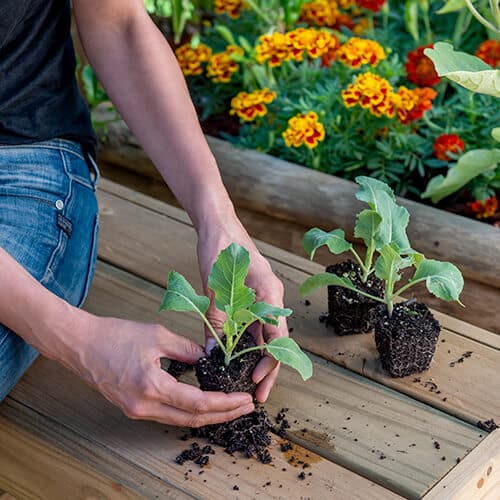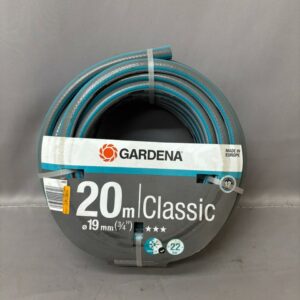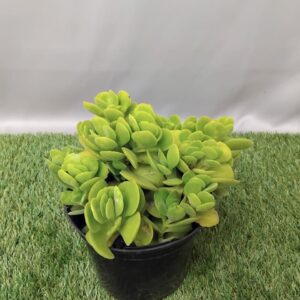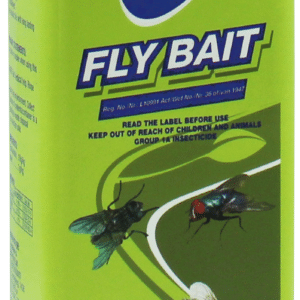How to start a vegetable garden
Kitchen gardening

There is nothing more satisfying than growing and harvesting fresh, healthy vegetables for your family. Food gardens are in fashion: from schools to private homes, gardeners are growing their own food across the world. That’s because vegetables can be as exciting as any flower, offering a variety in texture, form and colour. There is so much variety to choose from, from colourful Swiss chard to feathery fennel.
Planting a vegetable garden, step by step
- Choose a north- or west-facing spot of level ground that receives about six hours of sunlight a day. The area needn’t be big – you can always expand your veggie patch as your confidence and skills improve. Make sure your vegetable bed is accessible from all sides – it should be no wider than 1m.
- Vegetables are tastier and tender if grown quickly in a healthy soil that is rich in organic matter. Dig in plenty of compost, bone meal (chat to your nearest garden expert for pet-friendly alternatives) and 2:3:2 fertiliser to a depth of about 30cm.
- Start with easy-growing vegetables that your family enjoy eating, and choose those that are in season. Read our monthly gardening guides to find out what vegetables grow when.
- Read the instructions on the seed packet – it provides important advice regarding the planting depth, spacing and basic care. Plant vegetables in broad rows to conserve moisture, and mulch with compost or straw between vegetables to help control weeds and retain moisture in soil.
- Plant a new batch of veggies every two to four weeks. This will ensure that you have a steady supply of veggies in the months to come.
- Feed once a fortnight with an organic fertiliser according to the vegetable variety: root and bulb veggies need phosphates, leafy vegetables need nitrogen and fruiting vegetables need nitrogen when planted and potassium just before they flower. Feeding your plants helps build resistance to disease and encourages strong, healthy growth. Remember to use only organic sprays on edible plants.
Some great vegetable garden ideas
- Plant vegetables in and among your garden beds: The potential of vegetables as temporary fillers in a flower garden is often overlooked. Plain or frilly leafed lettuce, in shades of green and red, are ornamental enough to fill any gap in the front of a border. Cabbages can also be used as temporary fillers in a flower border; those with red-purple leaves will accentuate a red border, while blue-green cabbages will introduce a contrast in form and texture with white flowers.
- Make use of small spaces: If you only have a small, sunny patio or small garden, you can still have a food garden that will supply you with fresh salad greens, baby cabbages, cherry tomatoes and flavourful herbs. Try some of the baby vegetables that take up less room, such as cherry tomato ‘Yellow Pear’, carrot ‘Darling’, eggplant ‘Bambino’ with thumb-sized clusters of purple fruit and 15–20cm long eggplant ‘Little Finger’, baby red-leafed cabbage ‘Primero’ and green-leafed ‘Pandion’. Where space is limited, grow squash, tomatoes, climbing beans and cucumbers up wigwams or trellises, with chives, thyme and basil at the base. (Western Cape only)
- Wooden box gardening ideas: Add these frost resistant plants to your wooden box in your patio or small garden; cabbage, broccoli, leaks, spinach, thyme, carrots, turnips and peas. (Gauteng only)
- Grow herbs on your windowsill: Herbs and pots go together. Place them on sunny windowsills and fill with parsley, basil, sage, tarragon, chives, oregano, thyme and rosemary.




